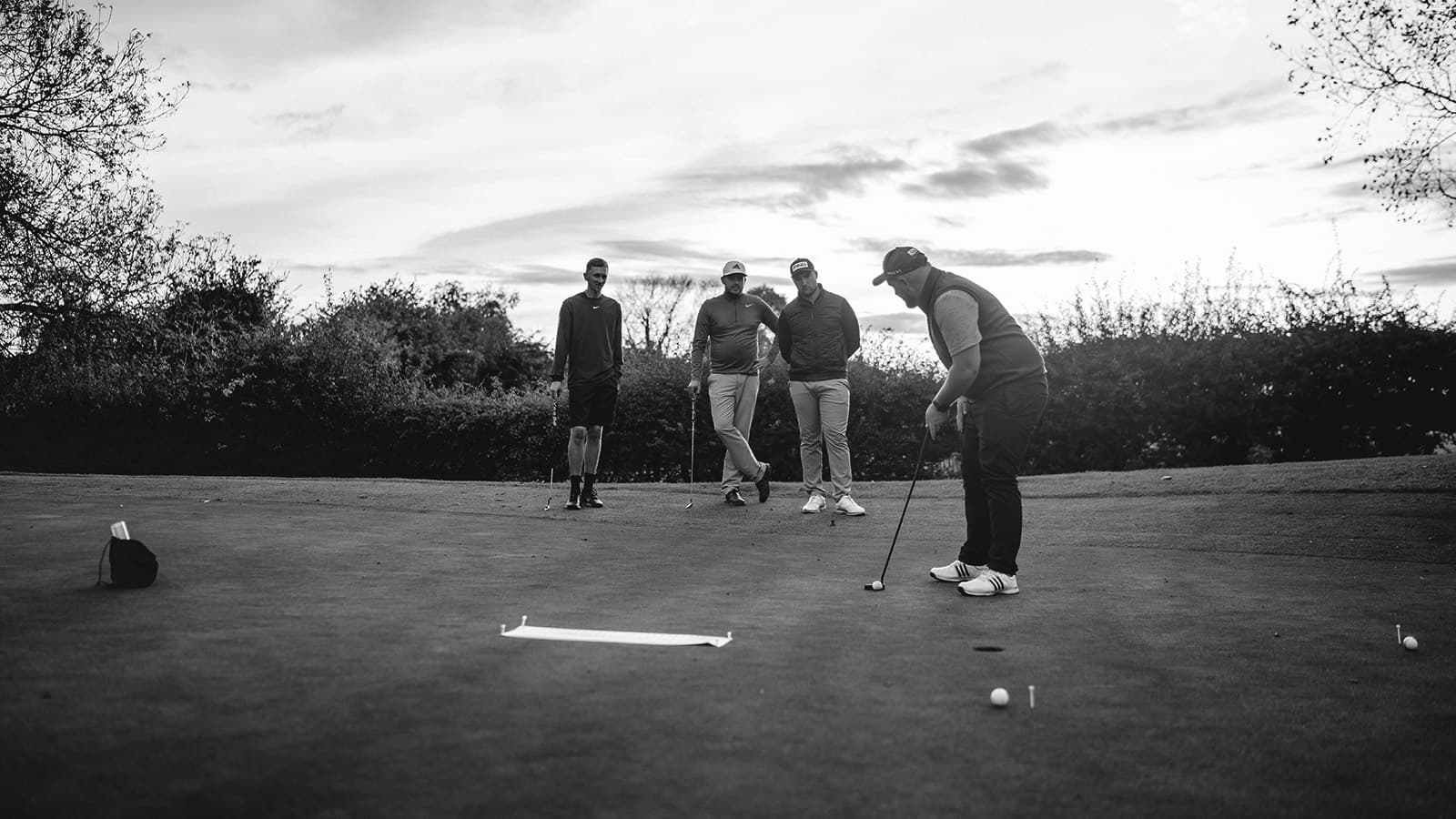
In the symphony of a golf swing, the follow-through is the grand finale—a crucial element that not only adds style to your shot but significantly influences its outcome. Understanding the significance of a good follow-through and incorporating techniques to enhance it can elevate your game. In this article, we will explore why the follow-through is a powerhouse in golf and share valuable tips to help you perfect this essential aspect of your swing.
The Significance of a Good Follow-Through
The follow-through in golf is more than just a stylish finish; it’s the culmination of a well-executed swing that directly impacts the flight and accuracy of your shot. Here’s why a good follow-through is crucial:
1. Clubhead Control: The follow-through dictates the path of the clubhead after impact. A controlled and purposeful follow-through ensures that the clubhead stays on the desired path, reducing the chances of mishits and slices.
2. Power Transfer: The energy generated during the backswing and downswing reaches its peak in the follow-through. A strong and efficient follow-through facilitates the transfer of this energy to the ball, resulting in greater distance and power.
3. Balance and Stability: A well-executed follow-through helps you maintain balance and stability throughout the swing. This balance is essential for accuracy, especially when using longer clubs or attempting more challenging shots.
4. Shot Shaping: The way you follow through can influence the shape of your shots. A controlled follow-through can aid in shaping the ball left or right, allowing for strategic shot selection on the course.
5. Injury Prevention: A smooth and controlled follow-through minimizes stress on your body. Abrupt or awkward finishes can lead to injuries, especially in the wrists and shoulders. Prioritizing a good follow-through contributes to the longevity of your golfing journey.
Now that we understand the significance of a good follow-through, let’s delve into practical tips to improve this crucial aspect of your golf swing.
Tips to Improve Your Follow-Through
1. Commit to the Swing: A successful follow-through begins with commitment to the entire swing. Hesitation or doubt during the swing can lead to an incomplete or unbalanced follow-through. Trust your preparation and commit to the shot.
2. Maintain Balance: Focus on staying balanced throughout the swing and into the follow-through. Avoid leaning too far back or forward. Your weight should shift naturally from the back foot (right foot for right-handed golfers) to the front foot during the follow-through.
3. Extend Your Arms: Allow your arms to extend fully toward the target during the follow-through. This extension ensures that you’re utilizing the full range of motion and maximizing your power transfer.
4. Rotate Your Hips and Shoulders: Engage your hips and shoulders in the follow-through to complete the rotational aspect of your swing. Your body should face the target, and your belt buckle should turn toward the intended direction of the shot.
5. High Finish for High Shots: If you’re aiming for a higher shot trajectory, strive for a higher finish in your follow-through. Let your hands finish higher, and your weight transfer will naturally contribute to a loftier ball flight.
6. Low Finish for Low Shots: Conversely, if you want a lower ball flight, focus on a lower follow-through. Allow your hands to finish lower, and your weight shift will contribute to a more penetrating trajectory.
7. Follow the Line of Your Shot: The follow-through should mirror the intended shot shape. If you’re shaping the ball left to right (fade), your follow-through should follow that line. Similarly, for a right-to-left shot (draw), the follow-through should mirror that curve.
8. Hold Your Finish: A common mistake is to rush out of the follow-through. Instead, hold your finish for a moment, allowing yourself to check your form and ensure you’ve completed the entire swing sequence.
9. Practice Slow Motion Swings: Incorporate slow-motion swings into your practice routine. This allows you to focus on the mechanics of your follow-through without the speed of a full swing. Gradually increase the speed as you become more comfortable with the correct form.
10. Record and Analyze: Use video recording to capture your swing from different angles. Reviewing your swing can provide valuable insights into your follow-through mechanics. Look for consistency in your form and make adjustments as needed.
11. Flexibility Exercises: Enhance your follow-through by working on your flexibility. Stretching exercises for your shoulders, hips, and torso can contribute to a smoother and more extended follow-through.
12. Mental Visualization: Before each shot, mentally visualize the ideal follow-through. Envision the trajectory, the club path, and the finish. This mental rehearsal can positively impact your actual execution.
In conclusion, the follow-through in golf is more than a mere conclusion to your swing; it’s the culmination of power, control, and finesse. By understanding its significance and incorporating these tips into your practice routine, you can refine your follow-through and witness improvements in your overall game. Remember, a consistent and purposeful follow-through is a hallmark of a skilled golfer. So, head to the range, implement these tips, and let your follow-through become the secret weapon in unlocking your best shots on the course. Happy golfing!






